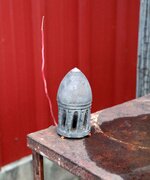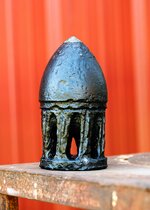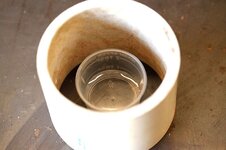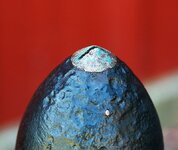garren
Hero Member
I've had the James shell in and out of electrolysis over the past 8 days and for the most part it has come clean. However, the build up between the fins appears to have turned into some type of metal?
I don't think electrolysis is going to budge it. I put a little burr bit in the Dremel and it just bounces off of this stuff.
What has this rust, dirt and corrosion turned into? It seriously looks like steel.
Am I just getting too impatient with electrolysis? I'm' afraid I'll dissolve the shell before this stuff gives up.
Is there some technique for removing this stuff or should I just preserve it as is?
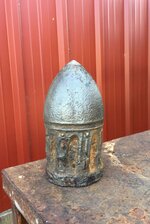
I don't think electrolysis is going to budge it. I put a little burr bit in the Dremel and it just bounces off of this stuff.
What has this rust, dirt and corrosion turned into? It seriously looks like steel.
Am I just getting too impatient with electrolysis? I'm' afraid I'll dissolve the shell before this stuff gives up.
Is there some technique for removing this stuff or should I just preserve it as is?



